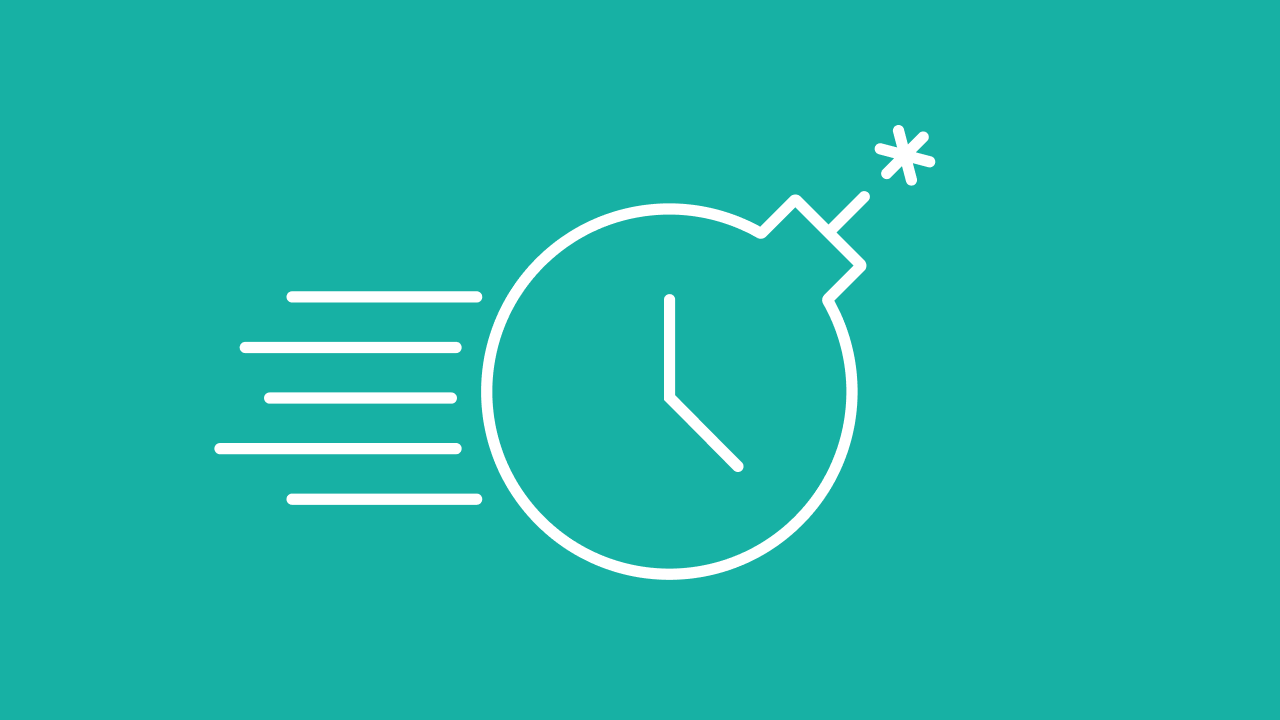
Having a reliable data recovery plan is crucial for businesses of all sizes, and especially for enterprises. Recovery Time Objective (RTO) and Recovery Point Objective (RPO) are two important metrics that businesses must consider when developing datarecovery plans.
The RTO and RPO goals should be regularly reviewed and updated based on the enterprise’s specific needs and requirements.
RTO is the duration of downtime that a business can tolerate before its operations are affected. It is the maximum amount of time a business has for its systems and applications to be fully functional after a disaster.
If a business has a two-hour RTO, it means that within two hours of the disruptive event, the affected resource(s) must be fully operational and ready to support the organization’s objectives.
Setting an RTO goal is an essential part of data recovery planning as it helps businesses plan the recovery process and set expectations for their employees and customers.
RPO is the maximum amount of data loss that a business can tolerate after a disaster. RPO determines the frequency of backups that need to be taken to ensure minimal data loss.
If a business has an RPO of two hours, it means that backups need to be taken every two hours to ensure that the data is up-to-date in case of a disaster.
Setting an RPO goal is an essential part of data recovery planning as it helps businesses determine how frequently they need to back up their data and metadata to minimize the risk of data loss.
When it comes to protecting Salesforce data, there are some specific considerations that enterprises should keep in mind:
Salesforce provides data recovery options that businesses can choose from to meet their RTO and RPO goals: it provides Native backup and recovery (Weekly Export) and Disaster Recovery as a Service DRaaS (Disaster Recovery) solutions. Weekly Export allows data and metadata export for local or cloud storage, while DRaaS replicates data and metadata in real-time for quick switch in case of disaster, ensuring minimal downtime and data loss.
Apart from Salesforce’s native backup and recovery solution and DRaaS solution, third-party backup and recovery solutions such as Odaseva, the leading Enterprise Data Protection Platform for Salesforce are available that integrate with Salesforce. These solutions offer additional features such as automation, scheduling, data encryption, and advanced data recovery options, which can help businesses meet their RTO and RPO goals.
The Odaseva Enterprise Data Protection Platform enables businesses to meet their RTO and RPO goals with:
Our Restore Readiness Audit tools visualize common data quality and configuration issues that slow down restore operations or block them entirely. Our Expert Services team can assist you with this analysis and provide recommendations specific to your business.
Using the Restore Wizard, you can tackle a variety of restore scenarios, from individual records to large sets of data. And our restore algorithm is optimized to accommodate Salesforce-specific data upload challenges. If you have complex business scenarios to consider, bring in our Expert Services to support your team with Restore Test Assistance.
You can easily tailor the scope of your data extracts using our Dataset Designer, and pull large volumes of data while leaving child and parent relationships intact. Use clicks-not-code to define and maintain your data model.
All data that is backed up and processed within Odaseva is secure in the cloud with an encryption key you control. You can even perform bulk data anonymization and RegEx transformations on your data without downloading and manipulating the data manually. No more massive flat files on your local machine!
Our low-code data apps can be customized to fit your specific needs, and can be scheduled to run jobs automatically as needed. Automate frequent data manipulation tasks to keep your data clean and avoid manual bulk uploads and scripting.
Odaseva offers an RPO of 15 minutes for critical objects. It is the shortest RPO available on the market.
Odaseva offers enterprise-grade security to secure backups. When you have the highest level of security, you can trust your RTO and RPO because you’ll be able to backup your data with the assurance that it’s the right data and can be restored effectively.
Odaseva’s flexible and comprehensive restore options can restore anything from a single record, to rolling back an entire object to a specific point in time.
What this means is that you can achieve your RTO or RPO goals by selectively restoring the records that need to be restored with precision, without having to restore the entire data model which may take longer than what your RTO allows for.
When an incident the size of Permaggedon or the disruption of the NA14 instance strike, you want to make sure that you have a solid data recovery plan in place with well-defined RPO and RTO metrics. This avoids significant data loss and having to delete and then rebuild your entire Org’s profiles and permissions.
Odaseva has the capability to quickly assess the extent of the damage and rapidly resume critical business activity even in the face of such incidents that can grind businesses to a halt.
A backup and restore solution provider can automatically disable automations for a restore event, but it will require time to disable and re-enable them – negatively impacting your RTO.
Odaseva provides these automation capabilities. Additionally we provide auditing tools to help customers implement a bypass strategy to ensure their Org is restore-ready.
Protect and secure your Salesforce data with Odaseva. To learn more about how to develop a reliable data recovery plan for your Salesforce data, schedule a demo with us today.